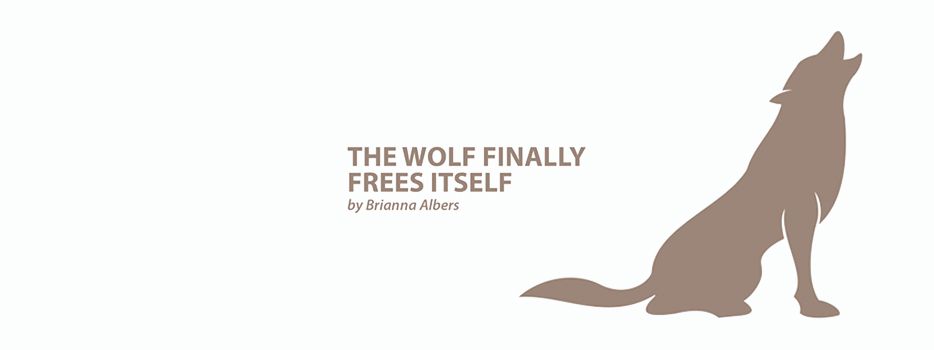‘Disability Visibility’ Imagines a Wildly Necessary Future


Content warning: The following contains discussions of ableism and eugenics.
I knew from the dedication that “Disability Visibility: First-Person Stories from the Twenty-First Century” would be healing.
“To my younger self,” writes editor Alice Wong, “and all the disabled kids today who can’t imagine their futures. The world is ours, and this is for all of us.”
It’s hard, isn’t it? To imagine a future. To participate in something brutally hopeful — especially now, with the world balanced on the edge of a knife. It feels childish to insist on something different. Something new. Something fresh and inclusive; something that puts the utopias of 20th-century science fiction to shame; something that is rooted in the gritty, unthinkable idea that we deserve more.
It’s hard. Showing up as a disabled woman in a world that would see me dead. Returning, day after day, to the manuscript saved in my Dropbox, tweaking and editing and rewriting until I’m satisfied. I’ve dedicated myself to storytelling, but there are people out there who don’t want to read about cripples like me.
Some, like Peter Singer, have spent years arguing in favor of eugenics. That kind of ableism makes headlines. But, ableism isn’t just thinking that people like me are better off dead. It’s discontinuing financial assistance, or refusing to install an elevator in your multilevel apartment building, or swiping left on folks in wheelchairs.
It’s hard to imagine a future without ableism. It’s hard to embody that future in an ableist present. But, that’s exactly what the contributors of “Disability Visibility” do. They witness. They make what is invisible visible. They hope actively. And, they make our dreams into something tangible, something we can touch and taste and know.
Writing a book from the margins is an exercise in imagining the future. It’s an exercise in faith, and stubbornness, and sweaty discipline. I could be writing my book, #WaningCrescent, for nothing. I could spend another decade making this book the best it can possibly be, only for it to flop. Every time I open my manuscript, or dream about the trilogy I’m writing in my head, I’m putting stock in a world that doesn’t yet exist.
It’s hard to imagine a future where disabled writers get book deals. A future where disabled actors are hired for disabled roles, where disabled characters are seen on movie posters and book covers. But we have to. I have to, even when it’s hard, even when I’m crying at 8:30 p.m. because I don’t believe in myself. How can I be this person, the storyteller and advocate I’ve always wanted to be, when the world is balanced on the edge of a knife and I don’t feel like I deserve that distant, dream-like future, with elevators and financial assistance and professors in lecture halls who fight for disabled lives with all the moral superiority of a eugenicist?
I cry, because embodying a mythical future in a thankless present is hard as hell. And then I look to my community. I take refuge in bibles like “Disability Visibility,” with essays that hold space for the tension between the future, the present, and the hopes of past generations. I learn from lawyers and activists and poets and dancers, people from all over the world who believe as I do, even on my worst days, that disabled people have something the world needs. I dream and imagine and live that distant, dream-like future, because I want it more than anything.
As a disabled woman, my want feels taboo. I shouldn’t expect too much. I shouldn’t want a book deal, or a Netflix series, or marriage, children, a 9-to-5 job with insurance and paid sick leave. I shouldn’t ask for special treatment, or even normal treatment, because there are people who think I’m better off dead, and who am I to believe otherwise?
Wong rejects that line of thinking. On page 15 of “Disability Visibility,” she writes, “This may feel true for every era, but I believe I am living in a time when disabled people are more visible than ever before. And yet while representation is exciting and important, it is not enough. I want and expect more. We all should expect more. We all deserve more.”
It’s hard. But it’s necessary, as is imagination, as is writing and dreaming and loving and resisting. We can’t achieve that future — that possible, tangible, I-want-this-so-badly-I-feel-like-I-could-burst, within-our-grasp future — without it.
Today I embody that future, as I will tomorrow, and the day after that, and every day until I die.
I was especially moved by Leah Lakshmi Piepzna-Samarasinha’s essay on disability justice. I’ve chosen Piepzna-Samarasinha’s “Care Work: Dreaming Disability Justice,” a collection of essays that explores the politics and realities of disability justice, as my next read. I hope you’ll join me in learning about and centering the work of disability justice activists in the coming weeks.
***
Note: SMA News Today is strictly a news and information website about the disease. It does not provide medical advice, diagnosis, or treatment. This content is not intended to be a substitute for professional medical advice, diagnosis, or treatment. Always seek the advice of your physician or other qualified health provider with any questions you may have regarding a medical condition. Never disregard professional medical advice or delay in seeking it because of something you have read on this website. The opinions expressed in this column are not those of SMA News Today, or its parent company, BioNews Services, and are intended to spark discussion about issues pertaining to spinal muscular atrophy.
The post ‘Disability Visibility’ Imagines a Wildly Necessary Future appeared first on SMA News Today.



